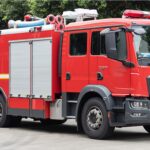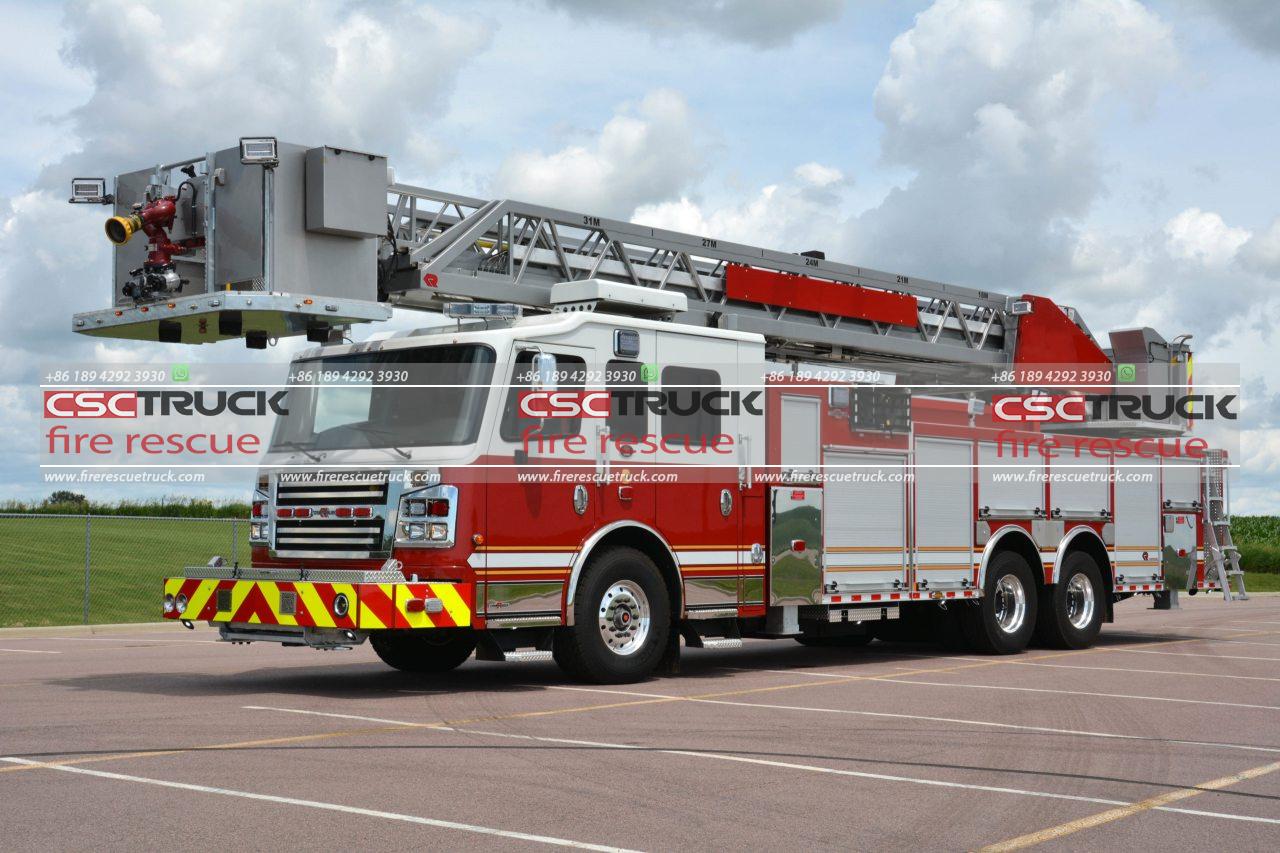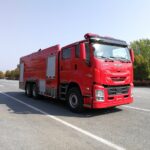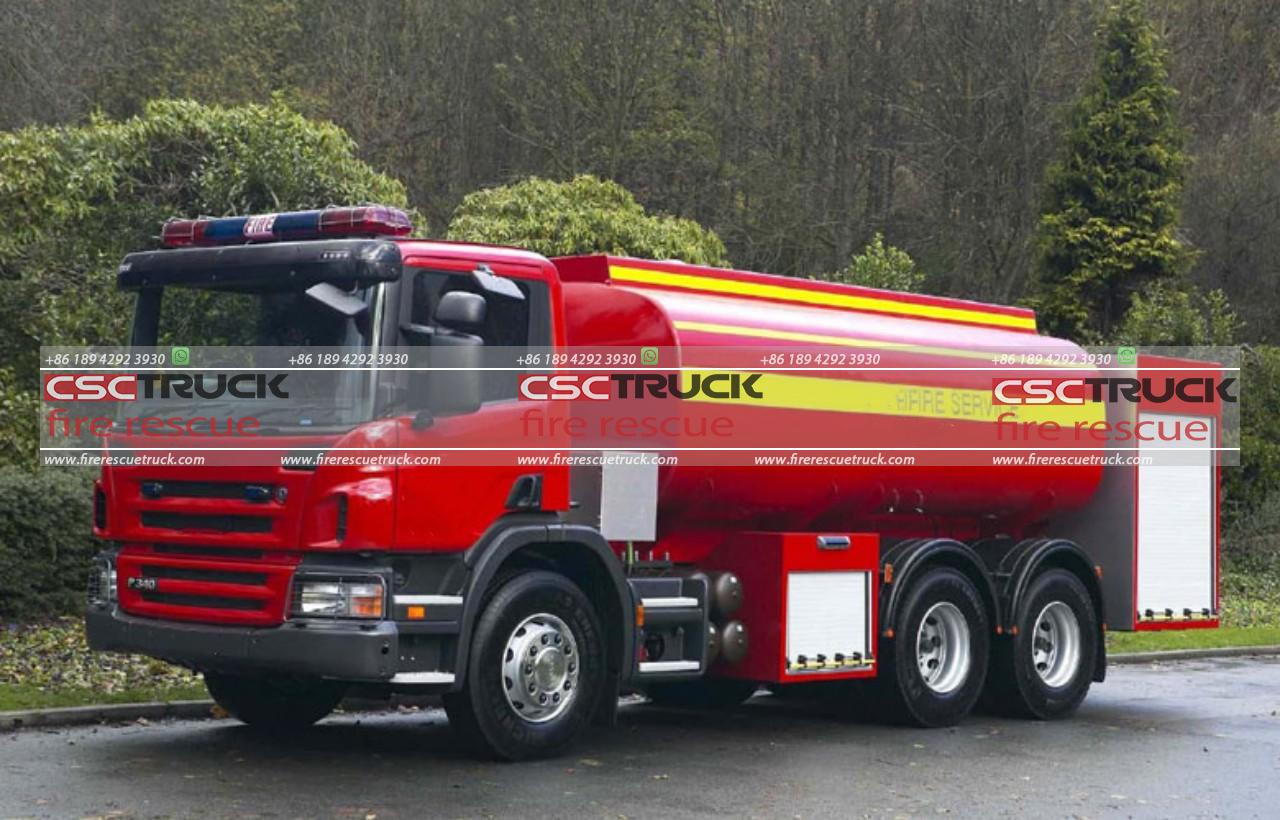Water bowser fire trucks are an essential part of fire suppression, especially in rural areas where there is no access to a municipal water supply. These trucks carry large tanks of water that can be used to fight fires, and they can also be used to shuttle water between fire hydrants and the scene of a fire.
Water bowser fire trucks come in a variety of sizes, but they typically have tanks that can hold anywhere from 1,000 to 10,000 gallons of water. The trucks are also equipped with pumps that can deliver water at high pressure, which is essential for extinguishing fires.
Water bowser fire trucks are typically used in conjunction with other fire suppression vehicles, such as pumper trucks and ladder trucks. The pumper trucks pump water from the water bowser into the ladder trucks, which then spray the water onto the fire.
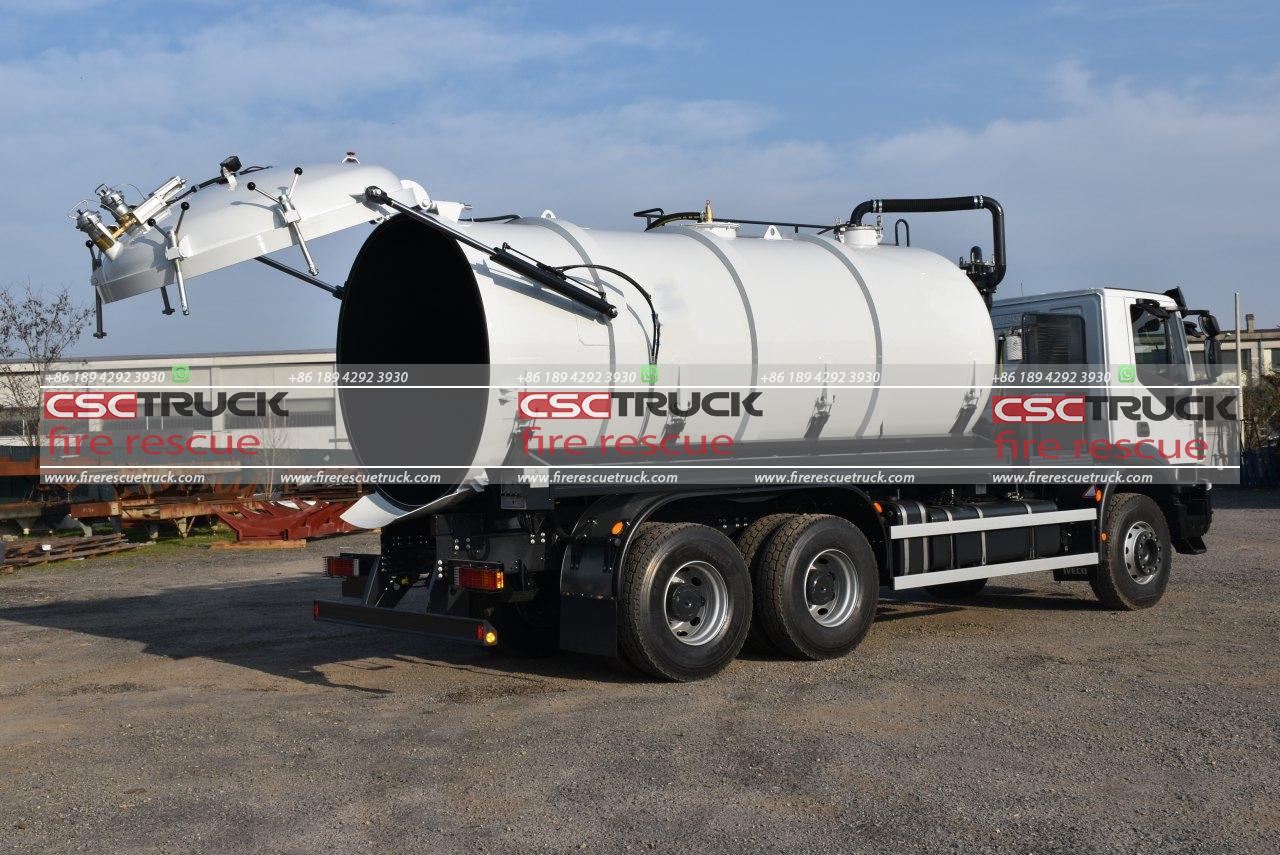
Water bowser fire trucks are also used to shuttle water between fire hydrants and the scene of a fire. This is especially important in rural areas where there may be long distances between fire hydrants. The water bowser truck can shuttle water from a hydrant to the fire, which allows the firefighters to focus on fighting the fire rather than on transporting water.
Water bowser fire trucks are an essential part of fire suppression, and they play a vital role in keeping people safe. These trucks are versatile and can be used in a variety of situations, making them a valuable asset to any fire department.
How Water Bowser Fire Trucks Work
Water bowser fire trucks are relatively simple vehicles. They consist of a large tank that holds the water, a pump that delivers the water, and a cab for the driver and firefighters.
The water tank is typically made of steel or fiberglass, and it is mounted on a chassis that is similar to that of a semi-trailer truck. The pump is mounted on the chassis behind the tank, and it is powered by a diesel engine.
The water is pumped out of the tank by the pump and then delivered through a series of hoses and nozzles. The nozzles can be adjusted to produce a variety of water streams, including a solid stream, a fog stream, and a spray stream.
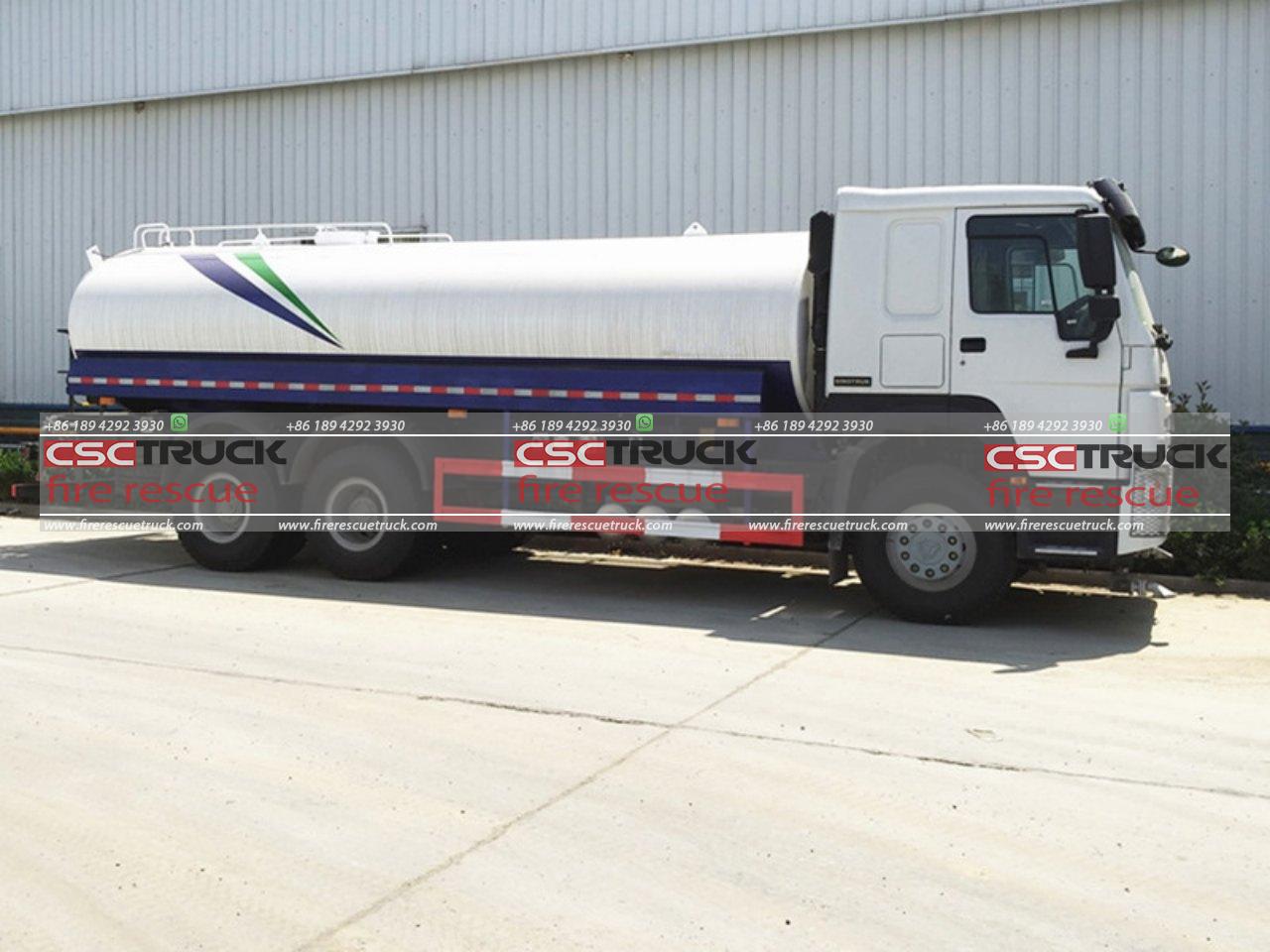
Types of Water Bowser Fire Trucks
There are 2 main types of water bowser fire trucks: portable water tanks and tenders. Portable water tanks are smaller and lighter than tenders, and they are typically used in rural areas where there is no access to a municipal water supply. Tenders are larger and heavier than portable water tanks, and they are typically used in urban areas where there is a municipal water supply.
Advantages of Water Bowser Fire Trucks
There are several advantages to using water bowser fire trucks. These trucks are:
- Versatile: They can be used in a variety of situations, including fighting fires, transporting water, and providing water for firefighting operations.
- Mobile: They can be easily transported to the scene of a fire, even in remote areas.
- Efficient: They can deliver large amounts of water quickly and efficiently.
- Cost-effective: They are relatively inexpensive to purchase and operate.
Disadvantages of Water Bowser Fire Trucks
There are a few disadvantages to using water bowser fire trucks. These trucks:
- Can be large and cumbersome: This can make them difficult to maneuver in tight spaces.
- Can be heavy: This can make them difficult to tow or transport.
- Are not as effective as other fire suppression vehicles, such as pumper trucks, at fighting fires.
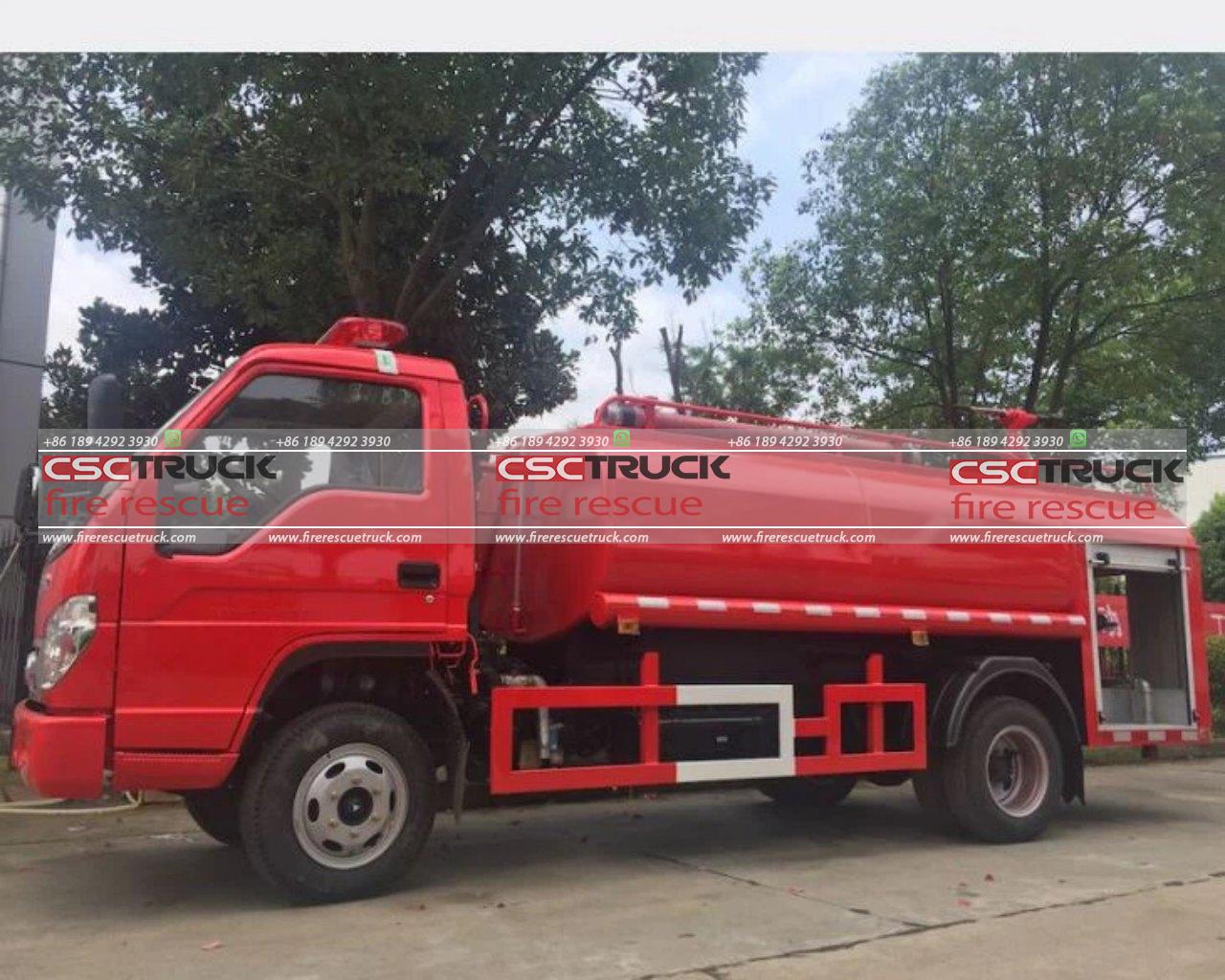
Additional Information
- The National Fire Protection Association (NFPA) has several standards that apply to water bowser fire trucks. These standards cover the design, construction, and operation of these trucks.
- The International Association of Fire Chiefs (IAFC) also has several resources on water bowser fire trucks. These resources include training materials, safety guidelines, and best practices.
- If you are interested in learning more about water bowser fire trucks, you can visit the websites of the NFPA or the IAFC. You can also contact your local fire department for more information.
History of Water Bowser Fire Trucks
The first water bowser fire trucks were developed in the early 1900s. These trucks were used to fight fires in rural areas where there was no access to a municipal water supply. The early water bowser trucks were relatively simple vehicles, and they consisted of a large tank that held the water, a pump that delivered the water, and a cab for the driver and firefighters.
Over the years, water bowser fire trucks have become more sophisticated. Modern water bowser trucks are equipped with a variety of features that make them more effective at fighting fires. These features include:
- Larger water tanks: Modern water bowser trucks have larger water tanks than their early counterparts. This allows them to carry more water, which can be used to fight larger fires.
- More powerful pumps: Modern water bowser trucks have more powerful pumps than their early counterparts. This allows them to deliver water at higher pressure, which is essential for extinguishing fires.
- More advanced hoses and nozzles: Modern water bowser trucks are equipped with more advanced hoses and nozzles than their early counterparts. These hoses and nozzles allow firefighters to deliver water in a variety of ways, which can be used to fight fires more effectively.
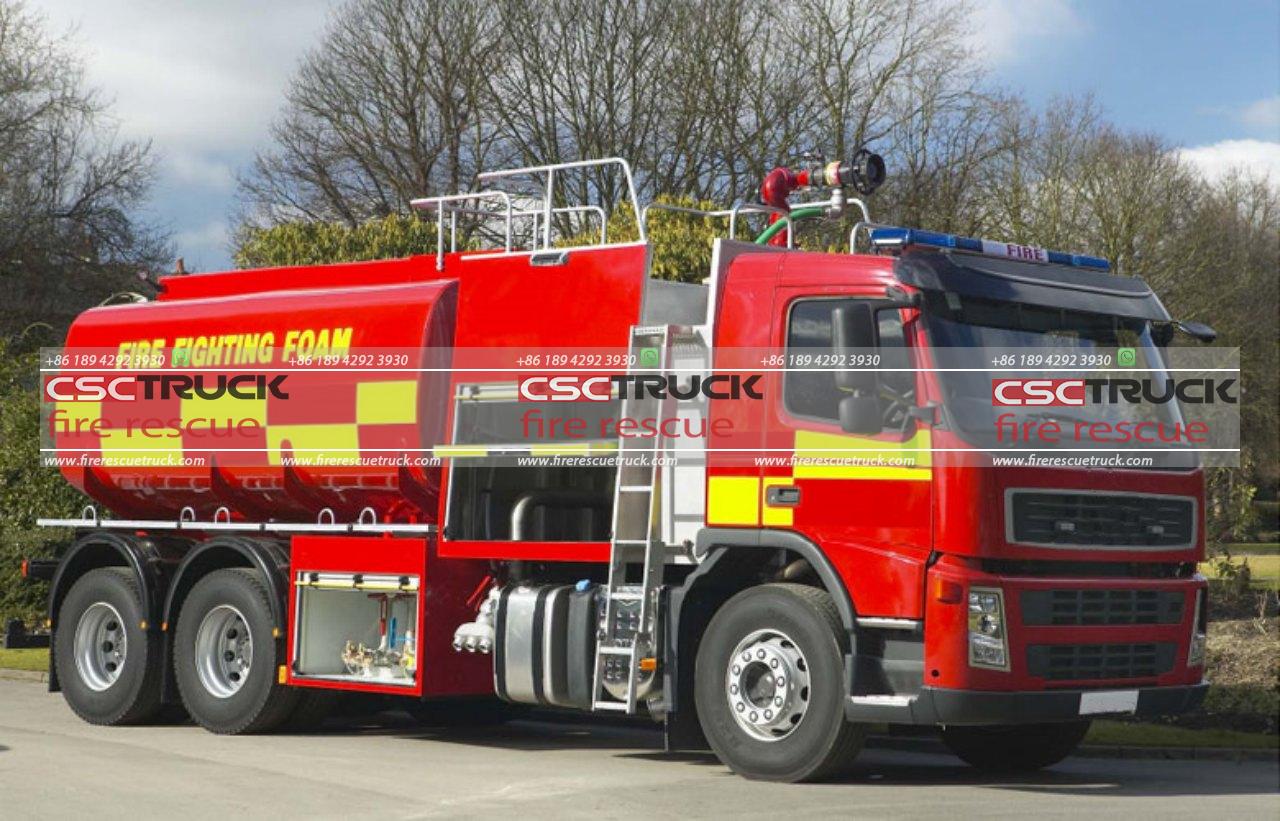
Water Bowser Fire Trucks in the Future
Water bowser fire trucks are an essential part of fire suppression, and they are likely to continue to be used in the future. As fire departments face new challenges, such as the increasing number of wildland fires, water bowser fire trucks will need to be adapted to meet these challenges.
One way that water bowser fire trucks may be adapted in the future is by being equipped with water cannons. Water cannons are large, powerful hoses that can deliver water at high pressure. They are used to fight fires at a distance, and they can be very effective at extinguishing large fires.
Another way that water bowser fire trucks may be adapted in the future is by being equipped with drones. Drones can be used to deliver water to fires that are difficult to reach, such as those in remote areas or those that are located in high-rise buildings.
As fire departments continue to evolve, water bowser fire trucks will need to evolve as well. These trucks will need to be equipped with the latest technology to meet the challenges of the future.
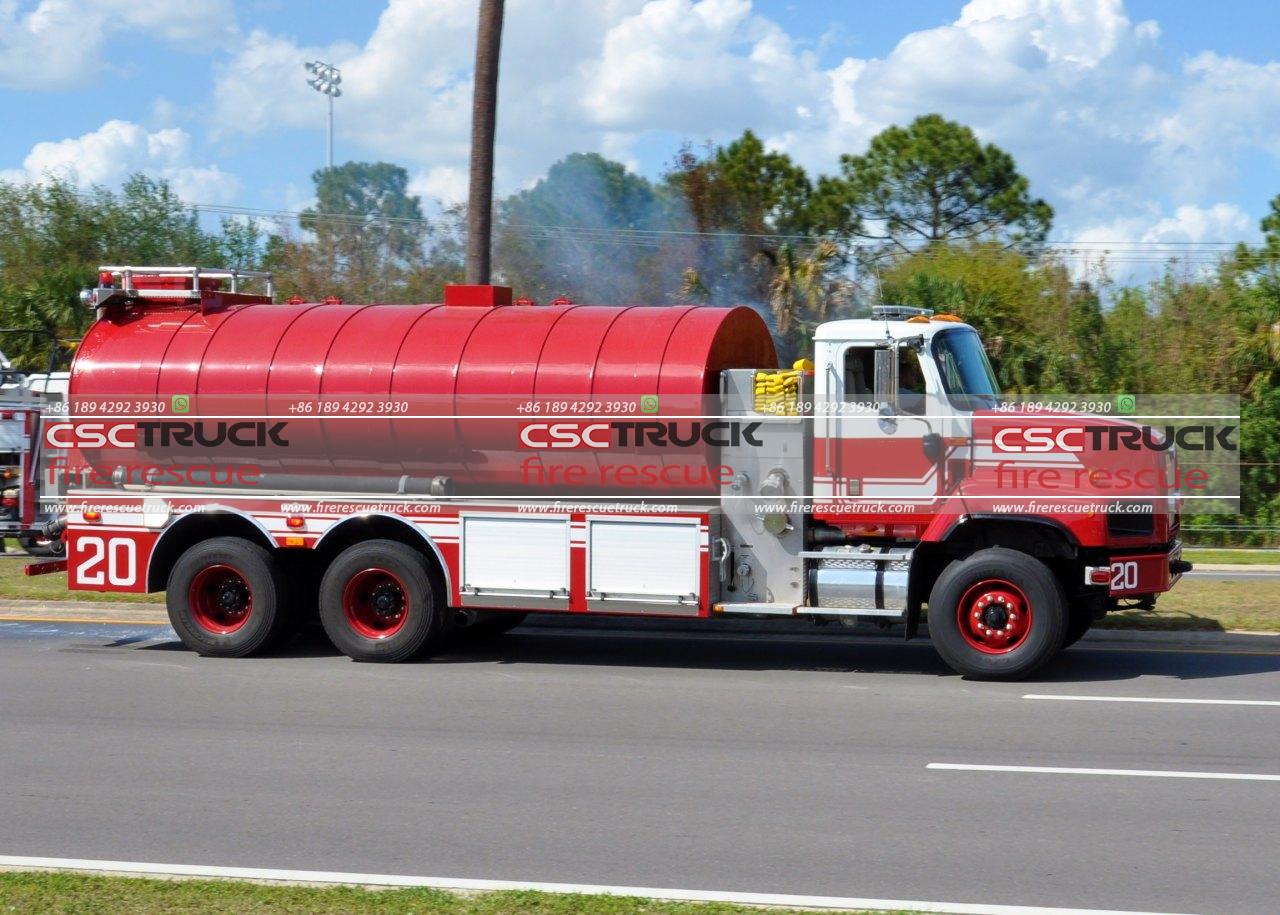
Conclusion
Water bowser fire trucks are an essential part of fire suppression, and they play a vital role in keeping people safe. These trucks are versatile and can be used in a variety of situations, making them a valuable asset to any fire department. As fire departments face new challenges in the future, water bowser fire trucks will need to be adapted to meet these challenges. However, with the latest technology, water bowser fire trucks will continue to be an essential part of fire suppression for many years to come.


